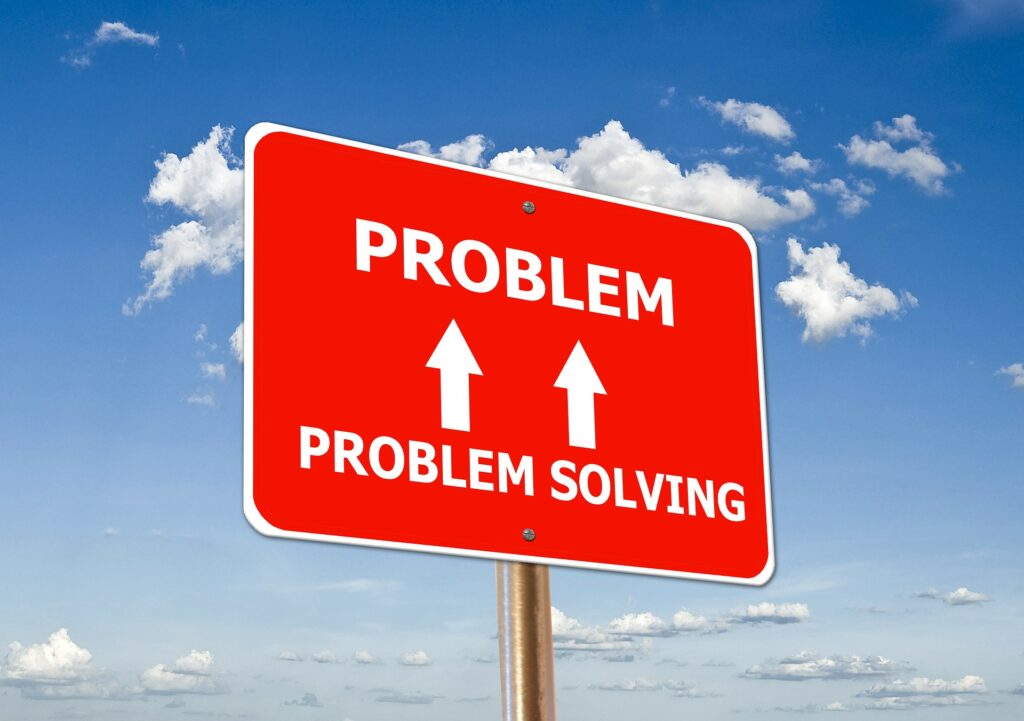How to Choose a New Garage Door
A new garage door purchase is an excellent opportunity for homeowners to transform the exterior of their homes. However, since most doors only get replaced once in a lifetime, it’s crucial to spend the money right.
This guide covers crucial factors to consider when purchasing a new garage door:
Choosing the door style and finish
Homeowners should choose a garage door style matching their home setting and preferences. Sometimes, it’s possible to match styles. For example, a modern home pairs great with full-view doors.
The door’s finish makes a huge difference in whether the end look is universal or authentic. Garage door shoppers can choose from various finishes to achieve a modern, natural, rustic, or another look.
The climate can also affect the type of finish best for a particular garage door, so it’s essential to consider that.
Window considerations
Windows add character to a house, increase its appeal, and allow a better natural light influx. Garage door windows have the same purpose. In addition, most modern-day solutions have impact resistance and can withstand hurricanes and similar harsh weather conditions.
The budget
The budget plays a crucial role in whether homeowners can get the garage doors they want. The cost varies depending on the material, style, insulation, hardware, door size, etc.
Shoppers after low-cost solutions can opt for a garage door without insulation. These doors work great in mild climates and when not used often. However, buyers who plan to use their new garage doors often and spend a lot of time in the garage should consider more expensive solutions with insulation.
Material
Natural wood, steel, composite, aluminum, glass, and faux wood are some of the most commonly used materials for garage doors. Ultimately, the material should consider three factors:
- Style preference
- Maintenance requirements
- Durability
Size
Garage size is an essential element to consider when shopping for garage doors. Single-car garage doors in most homes range from 8 to 9 feet in width and 7 to 8 feet in height. For double-car garage doors, the width is around 16 feet, and the height is from 7 to 8 feet. Garages that fit RVs or similar taller vehicles can be 10 feet tall.
Measuring the opening correctly before making an order to ensure the perfect match is essential.
Make the garage door purchase easier
A garage door is a lifetime investment that adds value, aesthetics, and functionality to any home. Additional features like insulation and windows contribute even more to the overall performance and are worth considering for all installations.
For additional questions or assistance with garage door installation, it’s best to contact local garage door contractors. Doing so will increase the work quality and bring peace of mind to the homeowner.
